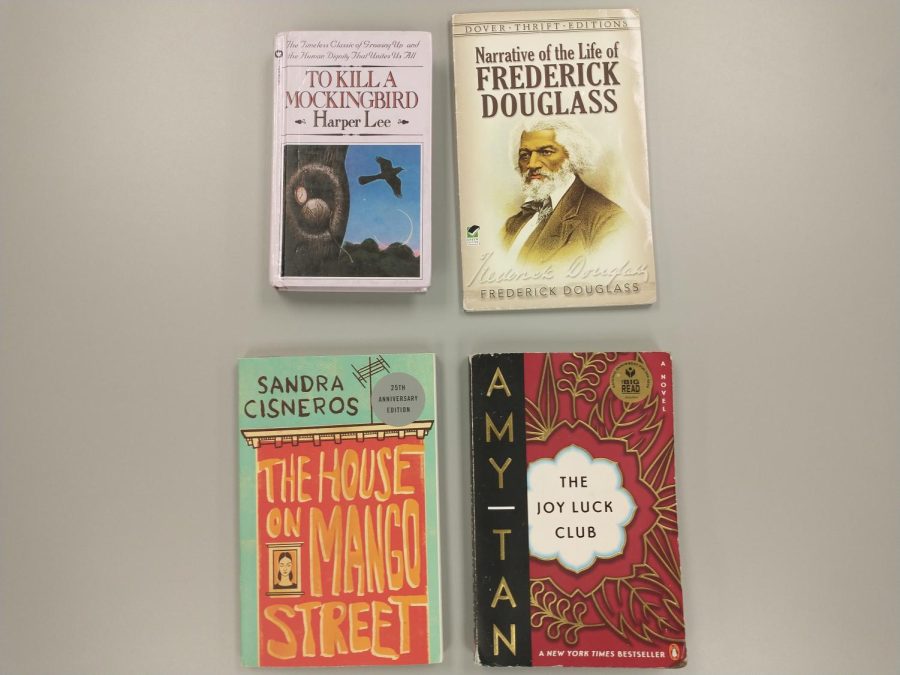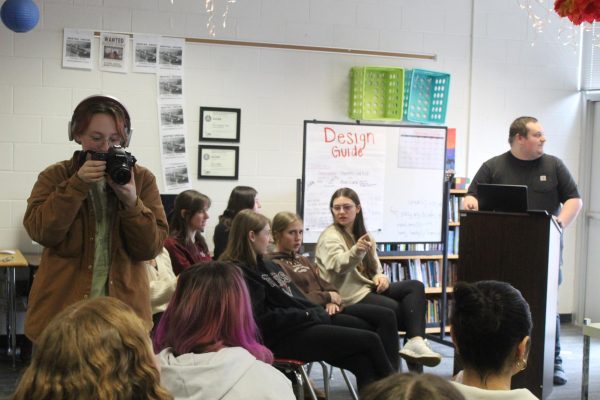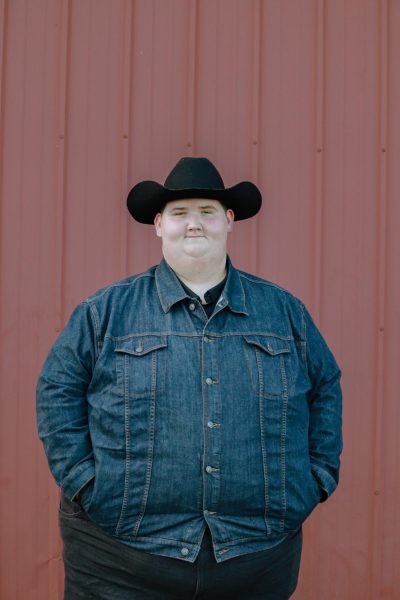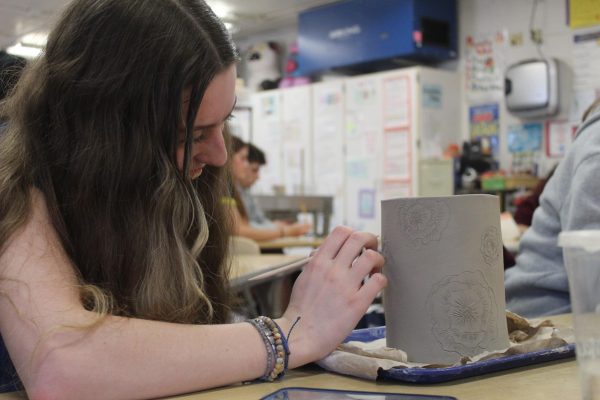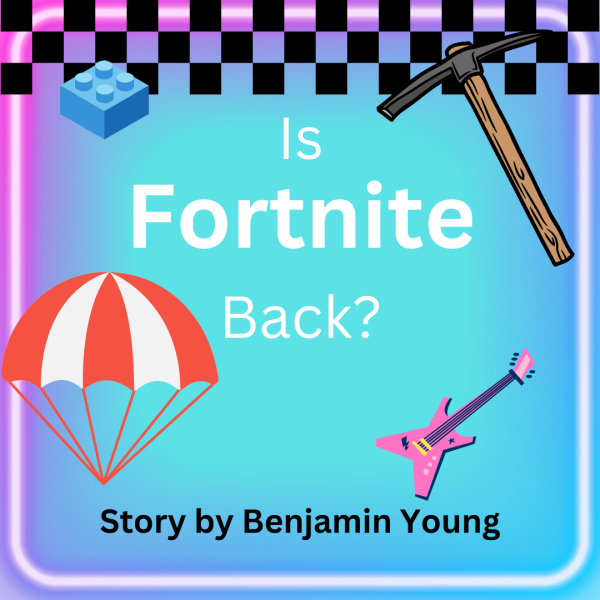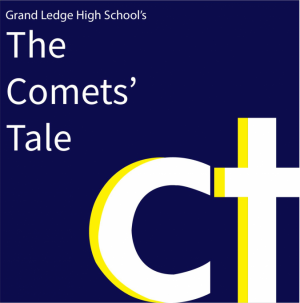Book Censorship is on the Rise in Schools Across America
February 18, 2022
Update: The graphic novel Maus by Art Spiegelman has been banned in several schools across the country. The graphic novel depicts The Holocaust by portraying Jewish people as mice and Nazis as cats. It is the first ever graphic novel to win the Pulitzer Prize. It has been cited as too graphic, with depictions of nudity and profanity. Since it’s banning by a school board in McMinn County, Tennessee, two things have happened; more schools have begun to ban the book, and sales for the book have drastically increased, in response to the controversy. Local stores, like Schuler’s in the Meridian Mall, have put out displays devoted to the book.
Different communities and families share different ideals, ideas, and opinions. Common Core Curriculums, like classes taught in public schools, are built around the idea of trying to educate as broad of a specific demographic as possible.
For instance, concepts in math, such as algebra and geometry, are vital knowledge that will help most students with day-to-day life and help develop critical thinking skills. However, some concepts taught in schools are met with backlash from the community.
A common example often referred to is Darwinism. Charles Darwin’s theory of evolution conflicts with the teachings of various religions. Because of this perceived conflict of ideas, and other conflicts like it, some schools shift their curriculums away from teaching these things. This change in the way that students are taught is an example of censorship.
There are countless forms and instances of censorship. Censorship has been around for a long long time, especially in the form of banned books. There are various reasons that some books are banned, but most have to do with their content. Similar to teaching evolution, the information held within some books conflicts with ideals held by some people. Most historical instances of this were related either to religion or defamation, inaccurate and inappropriate depictions of powerful, usually royal, figures.
According to legend, in the year 650, the Caliph Omar burned every book in the library of Alexandria, claiming that “If these writings of the Greeks agree with the Book of God they are useless and need not be preserved; if they disagree, they are pernicious and ought to be destroyed.” Shakespeare also dealt with censorship several times over his unsavory depictions of royalty, to which members of actual royalty took offense. In 1933, bonfires were held by Nazis, and several books were burned, including the works of Einstein, Freud, Lenin, Marx, and Hemingway, as well as the works of several Jewish authors.
These are just a few dramatic instances of book censorship over the course of history, but the concept of banning books is not a thing of the past. In recent history, books such as Harper Lee’s To Kill A Mockingbird, Margaret Atwood’s The Handmaid’s Tale, J.K. Rowling’s Harry Potter series, Jay Asher’s 13 Reasons Why, and George Orwell’s 1984 have become the new face of movements to ban certain literature.
The American Library Association (ALA) handles book censorship requests. According to their statistics, it has been found that over half of the requests, or “challenges”, as they are officially called, to ban books come from parents, whereas only 1% of challenges come from actual students. There could be many reasons this trend is so dramatic, but one common thought is that these parents don’t want their children to be exposed to material they deem to be inappropriate, whereas most students don’t take as much issue with mature content, because they themselves are maturing.
“In some cases, [It’s about] the age appropriateness of some topics. You wouldn’t give a book that involves a sex scene to someone who’s in lower elementary school, even if they are able to read the content, but once someone reaches more middle school and high school age, they’re looking forward to adulthood.” said AP Literature teacher Ms. Montgomery.
One of the major reasons that some books are banned is for featuring LGBTQIA+ content. The following children’s books are among those that recieved the highest amount of requests for censorship in 2021 according to the ALA: George, a book about a transgender elementary schooler, Prince and Knight, a story of a prince and a knight who fight a dragon and fall in love, Sex is a Funny Word, a book about sex education for all sexualities, and a book based on the true story of two same-sex penguins who raised a baby together, And Tango Makes Three. The requests for these books to be banned are often made on religious grounds, because the beliefs of the LGBTQIA+ community conflicts with the teachings of some religions.
Another reason a lot of books are censored is because they discuss topics about race and racism. These topics can be deemed upsetting and disturbing to younger audiences. Some commonly banned books in 2021 were Something Happened In Our Town, a book about racial injustice, by Marriane Celano, Marrietta Collins, Ann Hazzard, and Jennifer Zivoin, Stamped for Kids, a book about racism and antiracism, by Jason Reynolds and Ibram X. Kendi, and New Kid, along with it’s sequel, Class Act, two graphic novels that were challenged for featuring content that taught about racism, by Jerry Craft.
A third reason, falling on the other side of the spectrum, is books that are banned for offensive and insensitive content and language, such as a lot of older books, like Huckleberry Finn by Mark Twain, Of Mice and Men by John Steinbeck, and Gone With The Wind by Margaret Mitchell. These books, in a lot of cases, do not reflect modern day ideals. Racist language and offensive stereotypes can be found in these books, which is the primary reason they are so often banned.
As cases of books being banned rise, the censorship debate only becomes more prevalent. A discussion often sparked by the topic of banned books is whether the banning of books fringes upon First Amendment rights. Some argue that the idea conflicts with the ideals of the First Amendment, but others argue that free speech implies freedom to censor content that is deemed inappropriate as well.
“If we look at where these amendments came from… it wasn’t so that you could go off and spew hate speech… it was so that you weren’t kept from informing others.” said Montgomery.
https://www.powells.com/featured/banned-books-week-2021-kids-books
https://www.businessinsider.com/guides/learning/banned-books-2021
https://www.washingtonpost.com/comics/2022/01/28/art-spiegelman-maus-ban-tennessee-school/
